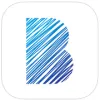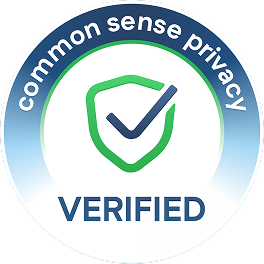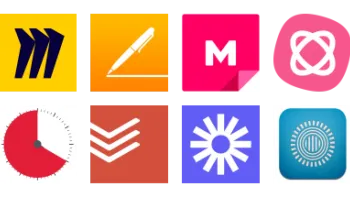Take a look inside 4 images
Bamboo Paper
Pros: Available for Windows, Android, and iOS devices, so it's ideal for a BYOD environment.
Cons: Lack of landscape or palm-cancelling options makes handwriting difficult.
Bottom Line: Digital notebook offers the possibility of going (almost) paperless.
Bamboo Papers' organization sets it apart from more specialized note-taking or drawing apps, allowing teachers to use it in many ways. Students can create notebooks for each subject area and use them to take notes and add attachments. They can even complete worksheets or save handouts to their journals: Teachers simply save the worksheets as images, and then students upload them to their devices and write over the images to answer questions or take notes. Students could then share the notebooks with their teachers for evaluation and assessment. Students might also use the app for daily journaling, adding images to their entries. Teachers could use their own journals as lesson-planner and lesson-reflection tools, while keeping all materials organized and accessible.
Bamboo Paper is a digital notebook -- potentially several digital notebooks, in fact. Kids can customize the color of the notebook's cover and add a title. They then can use it as they would a pen-and-paper notebook, drawing or writing on the pages as well as adding images or saved documents. Paper options include graph, lined, or plain. Writing tool choices are pens, pencils, highlighters, and crayons. Entire notebooks can be shared and opened using Bamboo Paper. Individual pages can be shared as images using email, Dropbox, Evernote, or social-media platforms.
This versatile app can be used just as a pen-and-paper notebook would be, with the added ability to easily share and save across device platforms. With 100 possible pages, each notebook can hold a lot of information; the ability to add images to the pages adds to its versatility. No keyboard or audio-recording options are provided, however, so Bamboo Paper isn't as effective as specialized note-taking apps, or as sophisticated as sketching or drawing apps that offer palm-cancelling functions and layers for drawing.












